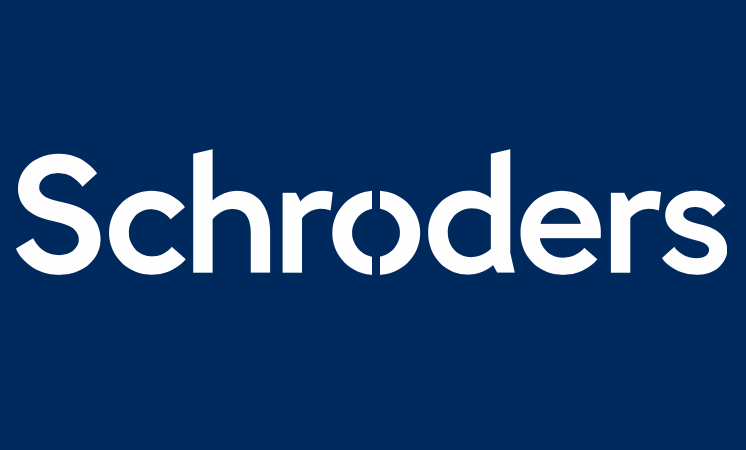Insurance-linked securities a top choice in private assets: Schroders

Insurance-linked securities (ILS) are seen as one of the top choices for investors seeking diversification and to add performance to their portfolios, in the private assets category of investments, according to survey data from Schroders.
With some 41% of surveyed investors saying private assets are now even more attractive, given the diversification benefits they provide, it suggests the ILS asset class will remain a popular choice of alternative investments.
The Schroders Global Investor Study 2023 found that investors around the world are having to re-evaluate their investment strategies, as a response to “the new economic reality, ongoing inflation and geopolitical uncertainty.”
More than 23,000 people who invest from 33 locations around the world were surveyed for the study this year and Schroders said the study found that almost 80% of investors feel “we have entered a new era of policy and market behaviour as a result of higher inflation and interest rates.”
This new reality is driving investor preferences and allocations and private assets, as well as alternative investment classes, are benefiting as a result.
But true diversification can be hard to find, which in a year when insurance-linked securities (ILS) such as catastrophe bonds are delivering record returns, is making the ILS asset class a stand-out opportunity.
54% of respondents to the Schroders study said that the new macro and political environment is causing them to adjust their investment strategies, while another 34% said they haven’t yet changed it, but they intend to.
Increasingly, so-called private assets are seen as an essential tool for diversification and with these assets becoming increasingly democratised and often more accessible, they appear to be rising up the agenda for many.
41% of respondents said private assets have become more attractive now, while 46% said that funds managed by a specialist fund manager are more attractive in the new environment.
Higher returns are also anticipated, with the cost-of-capital now elevated and asset classes needing to demonstrate a return above risk-free.
Johanna Kyrklund, Schroders’ Group CIO and Co-Head of Investment, commented, “In an investment landscape being increasingly shaped by the ‘3Ds’ of deglobalisation, decarbonisation and demographics, investors are still getting used to the fact that higher inflation and higher interest rates are here to stay. Every asset has had to reprice to compete with a yield on cash in the bank. Valuation matters once again. Compared to the last 15 years, you may now need to be more flexible and active in the way you invest. The results of the study show that some investors are adjusting quicker than others.”
Investors still perceive relatively high barriers to entry with private assets though, as while becoming more democratised they are still not the easiest to access.
Lower transparency, less liquidity and longer lock-up periods were all cited as barriers to taking up private asset class investments.
However, on average, investors said they would consider allocating as much as 16.4% of their funds into private assets, while more sophisticated investors said this could be 23.1%.
While 8% of the investors surveyed said that, if they could, they would choose to allocate to insurance-linked securities (ILS).
51% of respondents said that private assets can help boost portfolio diversification and 56% said they can help drive higher performance, which perhaps explains the high attraction to them.
Meanwhile, 40% of investors highlighted sustainability reasons as a cause for being attracted to private asset classes.
Nils Rode, Schroders Capital’s Chief Investment Officer, said, “A few years ago, a typical private assets investor would have been what asset managers call “institutional”. These are big investors like defined benefit pension schemes, or large endowment funds. As this year’s GIS shows, the picture is likely to change a lot in the next few years.
“The range of options to access private markets is widening, and smaller investors are taking note. It’s a challenging time to be interpreting markets, and investors are looking for every available tool to achieve their desired outcomes. Private assets represent an incredibly varied set of opportunities, and a huge number of return drivers.
“We believe the widening of options for smaller investors is a very positive development. We also believe that the case for including a private asset allocation – where appropriate – is arguably stronger than ever.”






